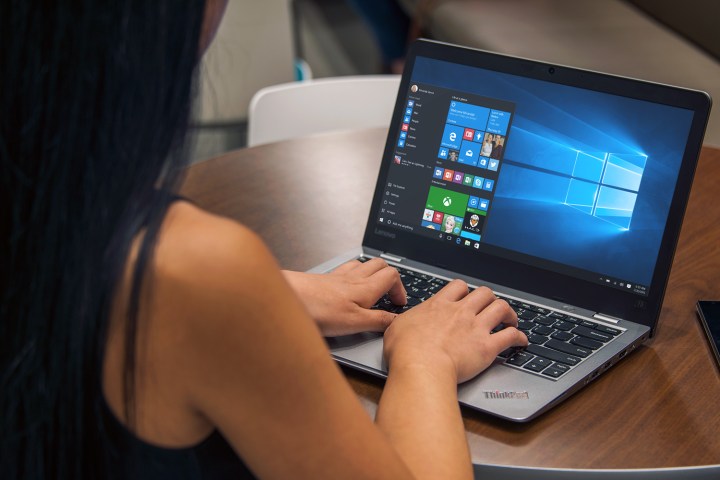
“You may be familiar with the Fonts control panel, which you could use to see the fonts that are currently installed, or to install or uninstall fonts. That control panel hasn’t been able to show off newer font capabilities, such as color fonts or variable fonts, and a refresh has been needed. In Build 17083, we’re providing a new Fonts page within Settings,” the Windows Insider blog reports.

The first part of the font revamp is a new and improved Font control panel. Here you can search the fonts installed on your PC and tweak the details of OpenType fonts on your system. You can set custom preview text, adjust its size, width, and other individual characteristics.
Additionally, the new font control panel is accompanied by a new font store which will show up in the Windows Store. Here you can search for, purchase, and install fonts right from the Windows Store.
“Along with the new Settings experience, we are introducing fonts as a new content type in the Microsoft Store. To find them easily, there is a link from the Fonts page in Settings directly to the Fonts collection in the Store,” the blog post reads.
There’s no word yet on which fonts will show up in the store, or if individual font foundries will be allowed to sell their fonts on the Windows Store — or if its just a curated selection of premium Microsoft fonts.
In addition to all the changes to the way Windows handles fonts, there’s an important behind-the-scenes change included in Build 17083. When was the last time an app on your PC crashed? Did you click the “send report” button on the error window your system popped open? Well, Microsoft is getting a little more transparent about what actually gets sent over when you click “send report.”
“We value your privacy. Our commitment is to be fully transparent on the diagnostic data collected from your Windows devices and provide you with increased control over that data. As part of this commitment, we’re adding two new features in this build for Windows Insiders which can be found under Settings > Privacy > Diagnostics & feedback,” reports the Windows Insider blog.
That’s right. Now you can dig into your diagnostic settings and have a look at exactly which information is getting sent to Microsoft. Not only is it a good move for the sake of transparency, it’s never a bad idea to get a closer look at what caused an application to crash.
As always, there are quite a few smaller updates included in this Insider build, the details for which you can check out over at the Windows Blog.
Editors' Recommendations
- The latest Windows update is breaking VPN connections
- Microsoft announces a new threat to push people to Windows 11
- Microsoft may fix the most frustrating thing about Windows updates
- A major Windows update just launched. Here’s what’s new
- If you have an AMD GPU, stay away from the latest Windows Update


